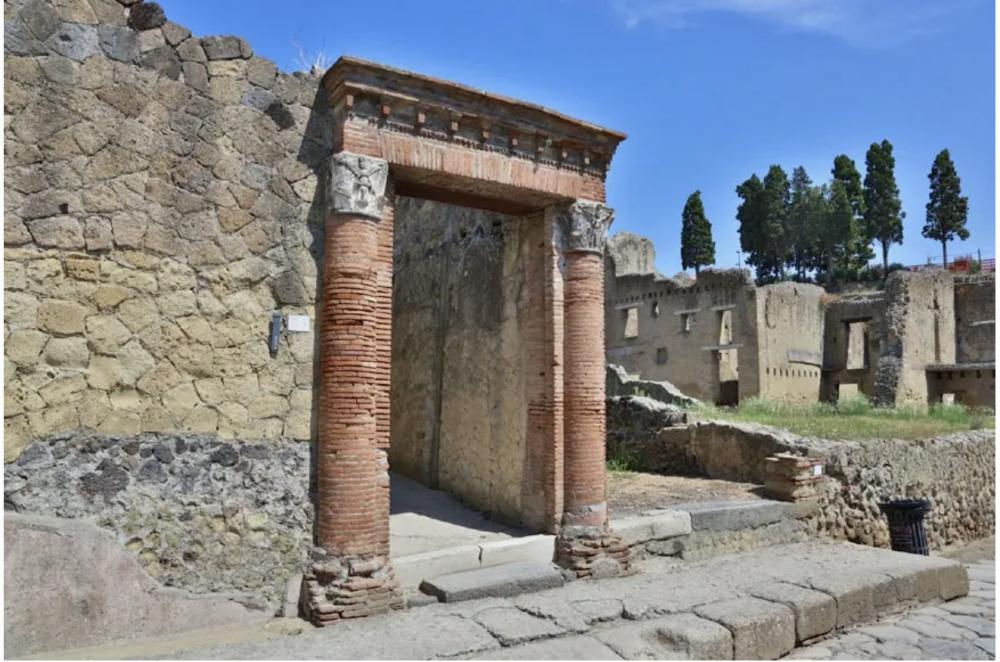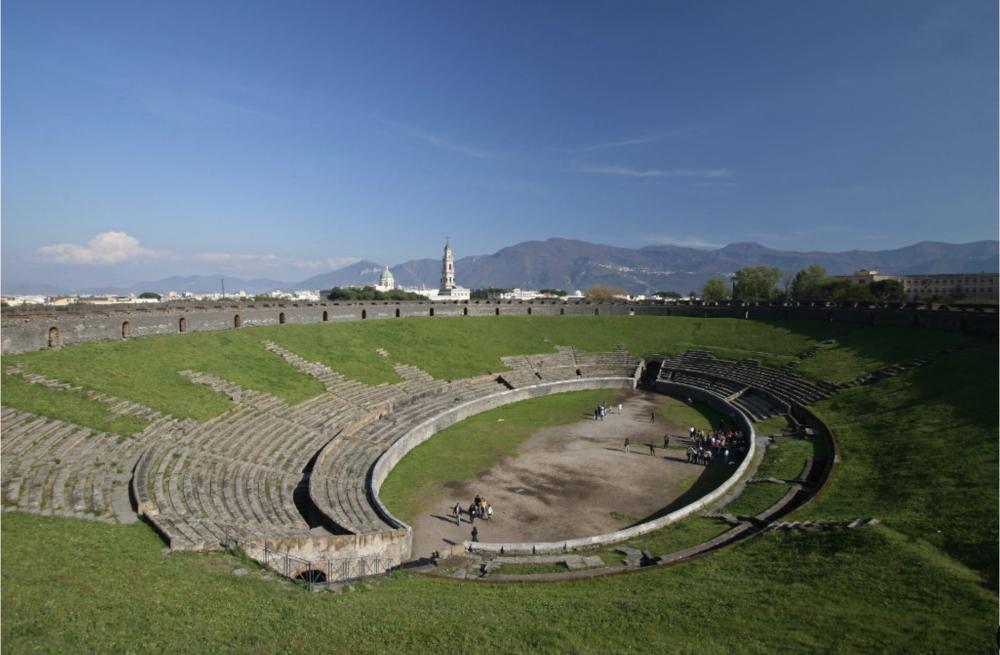Famosi a livello internazionale, gli scavi di Pompei e di Ercolano sono gli unici siti archeologici al mondo in grado di restituire al visitatore una chiara descrizione di un centro abitato romano. L′intero sito archeologico deve il suo eccezionale stato di conservazione alle modalità con cui è stato sepolto. Tonnellate di ceneri, pomici e lapilli l′hanno ricoperto sotto uno strato di oltre 6 metri preservandolo dal deperimento causato dal tempo. Gli scavi hanno portato alla luce una città cristallizzata nel tempo o meglio, fissata per sempre come in un istantanea fotografica, ad una lontana mattina del 79 d.C. La maggior parte dei reperti ritrovati include affreschi, mosaici, statue e suppellettili di vario genere che oggi sono conservati presso il Museo Archeologico Nazionale di Napoli. I ritrovamenti hanno permesso di comprendere meglio le abitudini alimentari, i costumi e le tradizioni di oltre duemila anni fa. Gli scavi di Pompei sono oggi il secondo sito italiano per numero di visitatori con un′affluenza di circa due milioni di persone lanno. L′anfiteatro rappresenta una struttura unica nel suo genere nonché uno dei più antichi anfiteatri al mondo. Costruito intorno al 70 a.C. da Gaio Quinzio Valgo e Marco Porci, veniva utilizzato esclusivamente per giochi circensi e combattimenti tra i gladiatori. Per questo motivo si decise di costruirlo nella zona sud-est dellantica Pompei, in modo da non intralciare la vita quotidiana della città considerando il gran numero di persone che prendeva parte agli spettacoli. Guardando dall′esterno, la parte inferiore dell′anfiteatro è formata da archi ciechi in pietra, dove i mercanti, durante gli spettacoli, erano soliti vendere la loro mercanzia. L′accesso all′anfiteatro avveniva tramite una galleria che collegava i quattro diversi ingressi con l′interno, solo due dei quali però davano direttamente sull′arena. L′intera circonferenza dell′anfiteatro è delimitata da un parapetto alto circa due metri, un tempo decorato con affreschi, oggi andati perduti, che raffiguravano duelli tra gladiatori. Molto suggestivo il FORO TRIANGOLARE, Incastonato tra il mare e il fiume, faceva parte di un′area più ampia che includeva la zona dei teatri e dei templi. La struttura costituita da un porticato di novanta colonne doriche, era il cuore della città e il centro politico, economico e religioso nel quale si svolgevano dibattiti, manifestazioni e contrattazioni commerciali. Ad Ercolano, segnaliamo la VILLA DEI PAPIRI, dalla quale fu recuperato un favoloso tesoro di sculture: è una villa sontuosa e molto ampia. Si estende infatti, per più di 250 metri parallelamente alla linea del litorale. Per l′inconsueto gusto artistico e letterario scelto del proprietario, era di per sé un vero e proprio museo darte. Il famoso filosofo epicureo, Filodemo, la scelse come una biblioteca per i propri scritti proprio per la sua stravagante bellezza.
Famous internationally, the excavations of Pompeii and Herculaneum are the only archaeological sites in the world capable of giving the visitor a clear description of a Roman town. The entire archaeological site owes its exceptional state of conservation to the way it was buried. Tons of ashes, pumice and lapilli covered it under a layer of over 6 meters, preserving it from deterioration caused by time. The excavations have brought to light a city crystallized over time or rather, fixed forever as in a photographic snapshot, to a distant morning in 79 AD. Most of the finds found include frescoes, mosaics, statues and various kinds of furnishings that are now preserved at the National Archaeological Museum of Naples. The findings have made it possible to better understand the eating habits, customs and traditions of over two thousand years ago. The excavations of Pompeii are today the second Italian site for number of visitors with an influx of about two million people a year. The amphitheater represents a unique structure of its kind and one of the oldest amphitheaters in the world. Built around 70 BC. by Gaio Quinzio Valgo and Marco Porci, it was used exclusively for circus games and fights between gladiators. For this reason it was decided to build it in the south-east area of ancient Pompeii, so as not to hinder the daily life of the city considering the large number of people who took part in the shows. Looking from the outside, the lower part of the amphitheater is formed by blind stone arches, where the merchants, during the shows, used to sell their wares. Access to the amphitheater was through a gallery that connected the four different entrances with the interior, only two of which, however, gave directly onto the arena. The entire circumference of the amphitheater is bounded by a parapet about two meters high, once decorated with frescoes, now lost, which depicted duels between gladiators. The TRIANGULAR FORUM is very suggestive, set between the sea and the river, it was part of a larger area that included the area of theaters and temples. The structure consisting of a portico of ninety Doric columns, was the heart of the city and the political, economic and religious center in which debates, demonstrations and commercial negotiations took place. In Herculaneum, we point out the VILLA DEI PAPIRI, from which a fabulous treasure of sculptures was recovered: it is a sumptuous and very large villa. In fact, it extends for more than 250 meters parallel to the coastline. Due to the unusual artistic and literary taste chosen by the owner, it was in itself a real art museum. The famous Epicurean philosopher, Philodemus, chose it as a library for his writings because of its extravagant beauty.





























